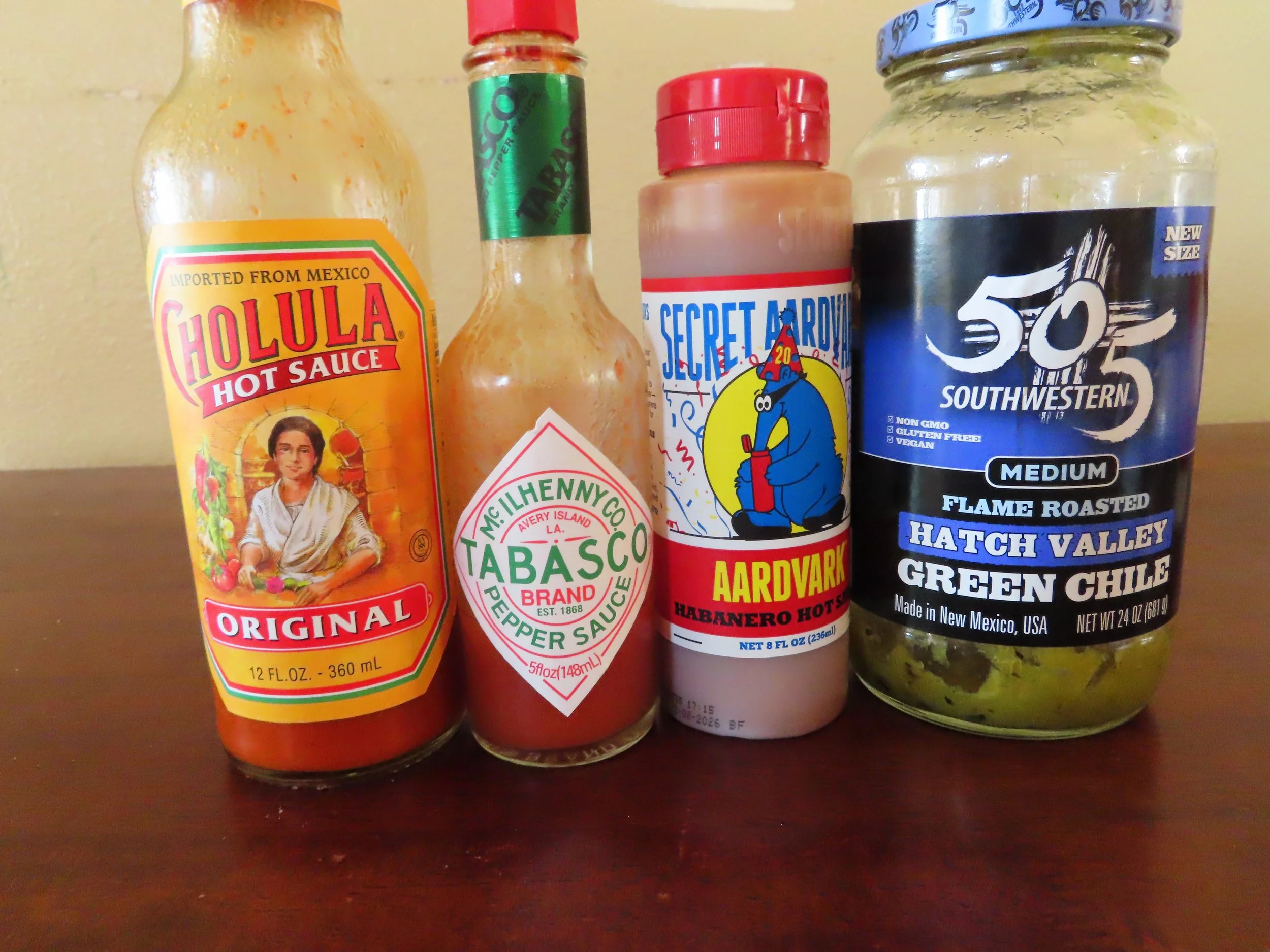by Courtney Meyerhofer
I went through a phase where I was obsessed with Thai food. Coconut-milk based curries with kabocha squash or pumpkin were my jam.
This recipe was like a trip down memory lane. The rich curry, the creamy pumpkin, the hearty local beef…this one hits the spot!
This recipe was modified from a Cook’s Illustrated volume.
INGREDIENTS
2 Tbsp lard, tallow, or cooking oil
2-3 lbs Saint John’s organic grass fed beef sirloin
2 - 4 Tbsp thai red curry paste
1 15 oz can coconut milk
2 tsp sugar
2 Tbsp fish sauce
3 cups peeled and cubed pumpkin, cubed into 1-2 inch cubes
5-7 kaffir lime leaves or zest of 1 lemon and 1 lime
extra salt to taste
chopped peanuts
METHOD
Several hours, up to 24, before it’s time to cook, slice the meat into thin strips and salt and pepper generously. Cover and refrigerate.
Remove meat from refrigerator 30 minutes before beginning to cook.
Heat a skillet on medium-high heat. You want it really hot to get a good sear on the beef.
Add cooking fat of choice and get it smoking hot.
Add 1/2 of meat slices to pan, less if you’re using a smaller pan. You don’t want to crowd the pan because that will steam and not sear the meat.
Once the meat is nicely browned, after 3-5 minutes, transfer meat to large bowl to rest.
Turn heat down to medium and add curry paste. Cook and stir for 3 - 5 minutes, until the paste is a deep brick red.
Add coconut milk, sugar, and fish sauce. Stir to combine. Taste to see if you need to add salt or more curry paste depending on your preference. I ended up adding 1 tsp salt and 2 additional Tbsp of curry paste.
Add pumpkin and bring to simmer.
Add meat and continue to simmer for 10 - 15 minutes, until meat and pumpkin are done.
Once meat and pumpkin are done, add kaffir lime leaves or lemon and lime zest. Simmer for 1 - 2 minutes and then serve!
Serve with rice and garnished with chopped peanuts if desired!




















